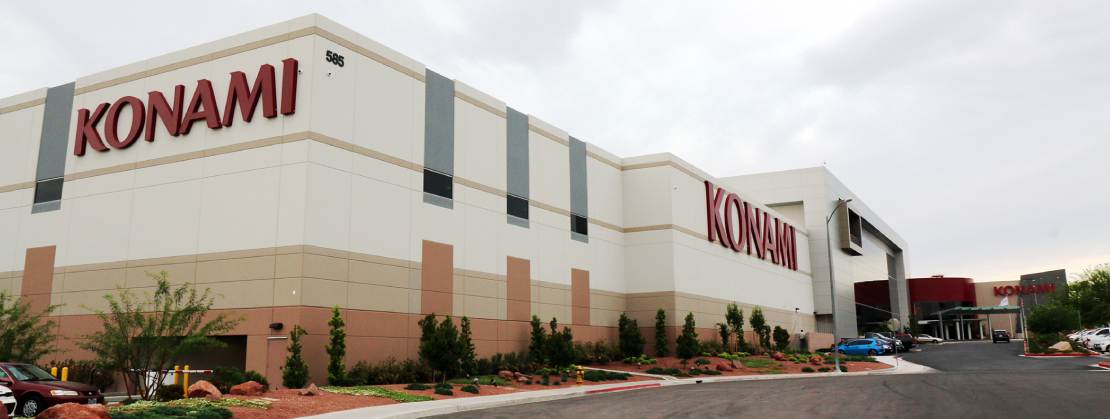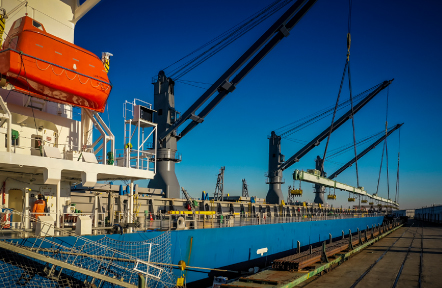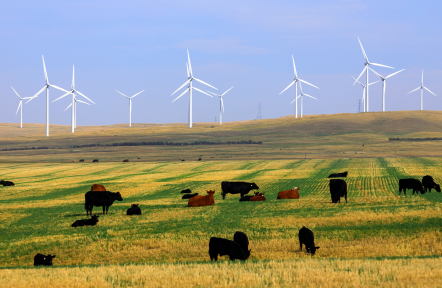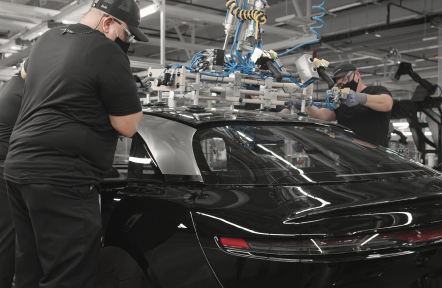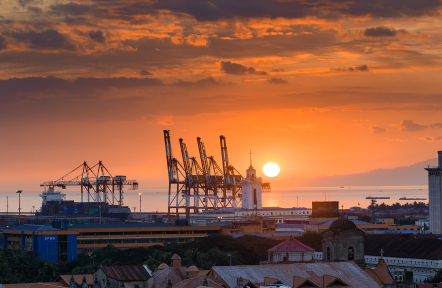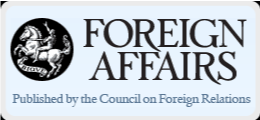Driven by strong employment and record export growth, the German economy has been the best performer among its G-20 counterparts. Buoyed by much optimism, the country’s gross domestic product (GDP) is expected to grow by 2.5% in 2018.
Despite concerns over Brexit and growing populism in Europe, German businesses remain confident. According to IHK Bremen Managing Director Volkmar Herr: “Growth has not been dampened by domestic political turbulences. And these domestic issues are not high on the agenda of exporters and manufacturers. Germans realize that free trade is paramount for continued growth.”
Manrico Paulitschke, CEO of Berlin-based biotech company Provitro, says, “In spite of their cultural, economic and historical diversity, Germans have common characteristics: a strong work ethic and attention to process and detail. Our social market economy also values the interplay of free enterprise and a strong protection of a highly skilled permanent workforce.”
This socioeconomic model has made Germany a leading exporting nation. A manufacturing power in the 19th century, Germany focused on developing its export sector by supporting its small and medium–sized businesses in the mid-20th century.
Collectively known as the mittelstand, these companies account for more than 70% of GDP and are a major job generator.
“In 2015, German companies numbered 3.5 million and employed close to 29 million people. Small-medium sized companies accounted for 99.3% of those companies, about 61% of those employees and about 82% of company apprenticeships,” says Burkhard Schneider, executive director of Berlin-based BASCH Consult, which specializes in cross-border SME mergers and acquisitions.
Over the past decade, these little-known small and medium–sized companies have intensified their focus on the Asian region.
“Rising spending power in Asia, with its population of more than four billion, means that the high standard of German brands is becoming more valuable,” says Bremerhaven-based international moving company Brauns International CEO Wolfgang Makurat.
“The mittelstand’s strength stands on a long-term commitment towards its permanent employees. It is also characterized by a more personalized approach to customer service. This means we are able to respond faster to our clients’ needs, especially in the industry of international moving, where punctuality and attention to detail is the foundation of long lasting relationships,” he adds.
An outstanding example of the mittelstand that has had exceptional success on the global stage is luxury kitchen manufacturer, Poggenpohl. Built on a strong foundation of exquisite craftsmanship 125 years ago, the company continues to rely on the artistry of its homegrown workers, while incorporating state-of-the-art technology to deliver customized high-end kitchens around the world.
“Our brand is distinguished by quality, exclusivity and innovative developments that have resulted in worldwide recognition,” says Managing Director Thomas Kredatus.
While eastern Germany lags behind the Ruhr area and the automotive belt in the south, the reconstituted state of Brandenburg has cultivated fast–growing economic clusters in IT and Industry 4.0, a government-coined term to describe its project to automate and digitize manufacturing.
“With our plans to list on the stock exchange next year, we will launch a software service model for our expansion to other countries,” says Benjamin Akinci, the founder and CEO of abl social federation, which provides data solutions for Cisco Systems and Weston–Comstor, among others.
Located at Europe’s center, Brandenburg is ideally positioned to benefi t from China’s ambitious “One Belt, One Road” project.
“Brandenburg possesses advanced infrastructure that makes the region an ideal place for Asian companies to launch their operations throughout the EU,” says Brandenburg Invest Deputy Head for International Business Kirstin Wenk.
Because of their size and lean management structure, the mittlestand are also characterized by quick decision-making and agility. Looking beyond China, Asia figures largely in their long-term strategies.
“German companies have been greatly involved in giant markets such as China and Japan. However, India and the rapidly growing Association of Southeast Asian Nations region, with a combined population of almost 1.9 billion, offer excellent business opportunities for German enterprises in a wide range of sectors,” says German Asia Pacific Business Association Managing Director Timo Prekop.
These family-owned firms have become increasingly active in developing high-tech products for niche markets and supply chains of large companies. In 2014, more than 42% of these companies introduced an innovation in their products or processes.
Many foreign companies that found success in the EU adopted this German growth model. Tokyo-based petrochemicals company Asahi Kasei moved its European headquarters from Brussels to Du?sseldorf in 2016.
“As a foreign petrochemicals player and manufacturer of microsensors, we cannot match the size of German giants on their own turf. We do not intend to compete at their level. But our personalized approach to customer service and hands-on collaboration with local universities gives us an edge and allows us to become a contributor to industrial and environmental innovation in the local market,” Asahi Kasei Europe President Hideki Tsutsumi says.



